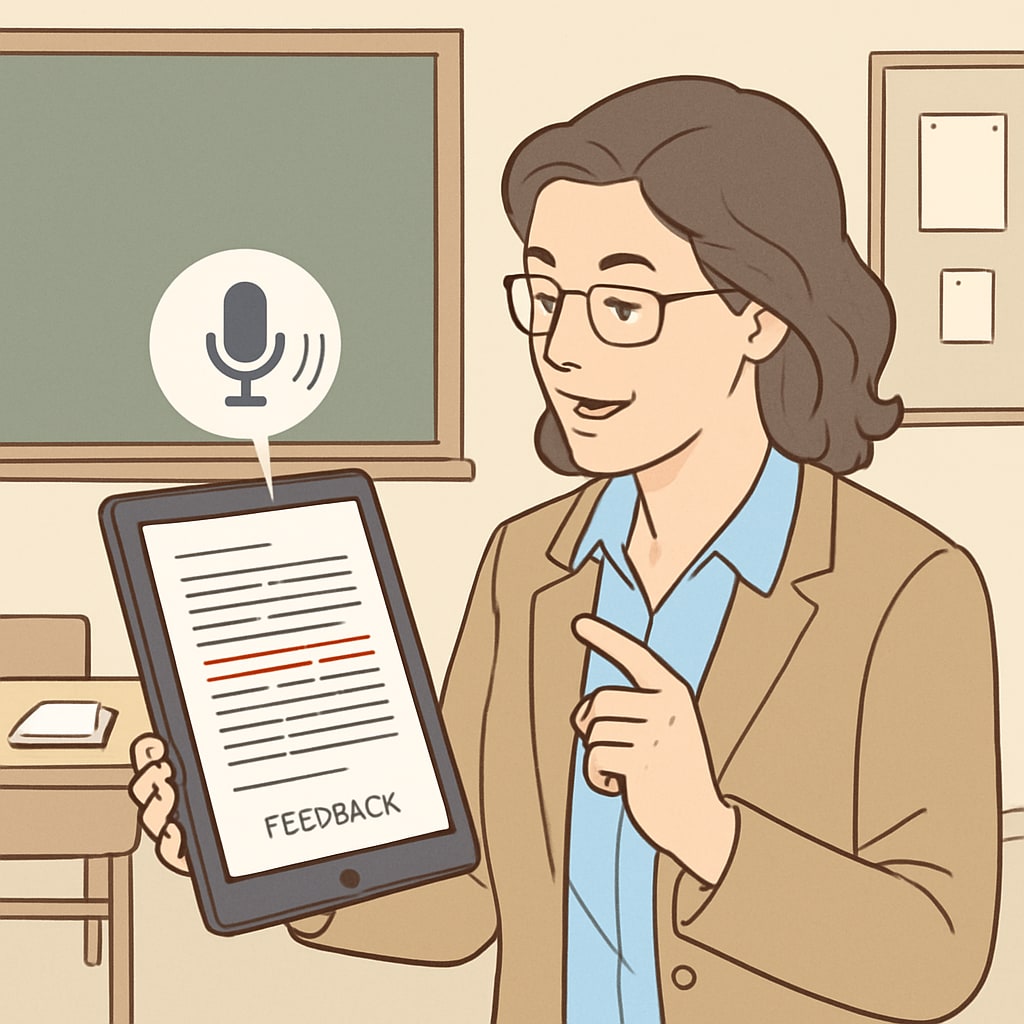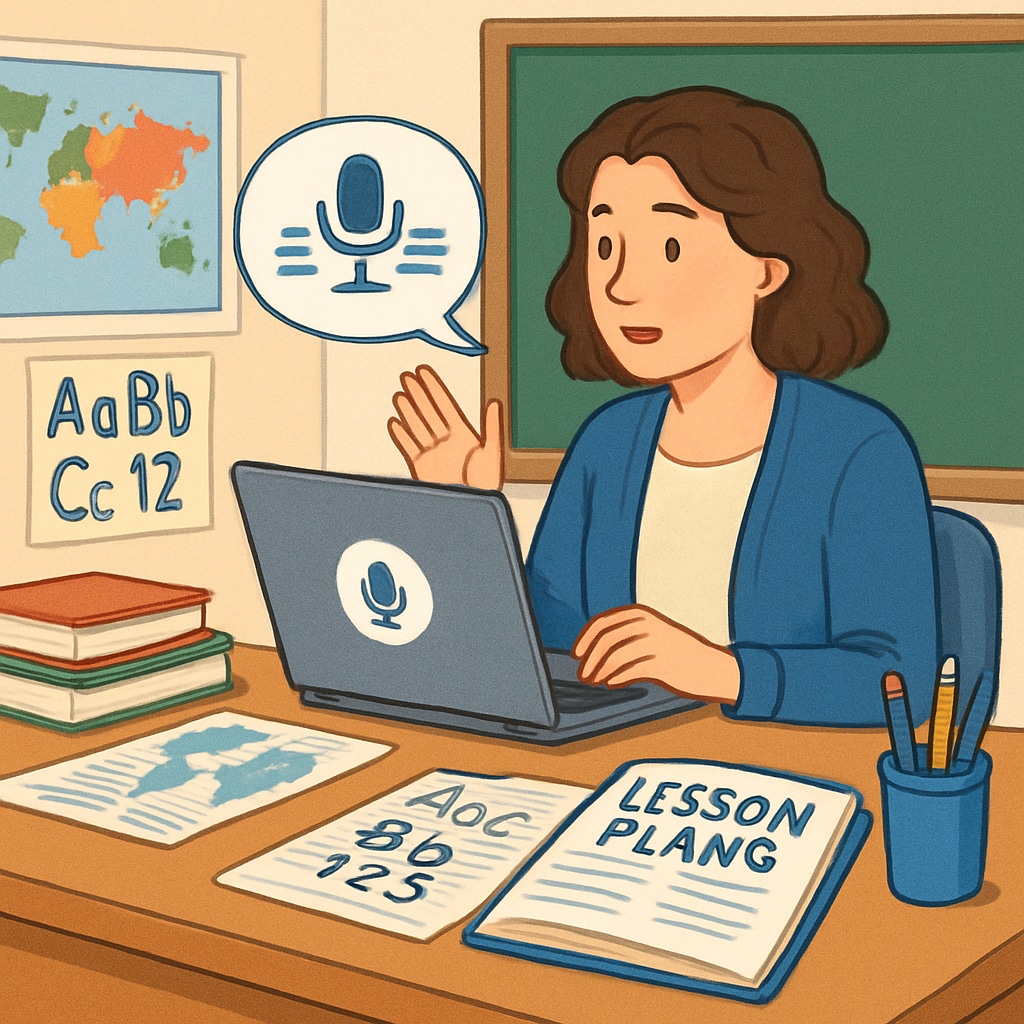Every K12 educator knows the challenges of balancing teaching responsibilities with administrative duties. From lesson planning to providing feedback, the workload can feel overwhelming. Enter speech-to-text technology—an innovation that streamlines teachers’ workflows, alleviates administrative burdens, and enhances teaching quality. Tools like WillowVoice are revolutionizing the education sector by offering efficient solutions for activities such as teaching feedback, parent communication, and special education documentation.
Transforming Feedback with Speech-to-Text
Providing detailed and meaningful feedback to students is a cornerstone of effective teaching. However, traditional methods—handwritten notes or typed comments—can be time-consuming. Speech-to-text technology simplifies this process. With tools like WillowVoice, teachers can speak their feedback aloud, and the technology instantly converts their words into written text. This not only saves time but also allows educators to provide richer, more personalized comments.
For example, instead of spending hours typing individual notes, a teacher can quickly dictate feedback for an entire class. As a result, they can focus more on refining their teaching methods and addressing individual student needs.

Streamlining Lesson Planning and Administrative Tasks
Lesson planning is another area where speech-to-text technology shines. Teachers often brainstorm and draft lesson plans, which can involve extensive typing or writing. By using tools like WillowVoice, educators can simply dictate their ideas, allowing them to create comprehensive lesson plans in a fraction of the time.
Administrative tasks such as attendance reports, meeting notes, and grading spreadsheets can also be streamlined. For instance, a teacher can use speech-to-text to document classroom observations or compile grading summaries, reducing the time spent on paperwork.
In addition, this technology is particularly beneficial for special education teachers who need to document Individualized Education Programs (IEPs). Speech-to-text allows them to create detailed and accurate records without the tediousness of manual typing.

Improving Communication with Parents and Guardians
Effective communication with parents is critical in fostering a supportive educational environment. Speech-to-text technology enables teachers to draft emails, newsletters, or progress reports with ease. Instead of laboring over written correspondence, they can dictate messages that are quickly transcribed and ready to send.
For example, a teacher can use WillowVoice to draft a weekly update for parents, summarizing classroom activities and highlighting upcoming events. This not only keeps parents informed but also strengthens the home-school connection.
Enhancing Accessibility and Inclusivity
Another noteworthy benefit of speech-to-text technology is its role in promoting accessibility. Teachers with physical disabilities or those who experience repetitive strain injuries can use this technology to perform their tasks more comfortably. Furthermore, it empowers students with learning disabilities by providing an example of how assistive technology can help them excel.
For instance, students with dyslexia can use speech-to-text tools to complete written assignments, reducing the barriers they face and allowing them to focus on their ideas rather than the mechanics of writing.
The Future of Teaching with Speech-to-Text
As speech-to-text technology continues to advance, its applications in education are expanding. Tools like WillowVoice are being integrated with learning management systems (LMS), enabling seamless transitions between spoken input and digital platforms. This ensures that teachers can focus more on their core mission: educating and inspiring students.
Moreover, the time saved by streamlining administrative tasks can be reinvested in professional development or one-on-one student interactions, further enhancing teaching quality and outcomes.
In conclusion, speech-to-text technology is more than a convenience; it is a transformative tool that empowers teachers to work smarter, not harder. By adopting solutions like WillowVoice, educators can achieve a harmonious balance between administrative efficiency and instructional excellence, creating a win-win scenario for both teachers and students.
Readability guidance: This article uses short paragraphs, lists, and clear transitions to maintain readability. Technical terms are explained where necessary, and passive voice usage is minimized to keep the tone active and engaging.


